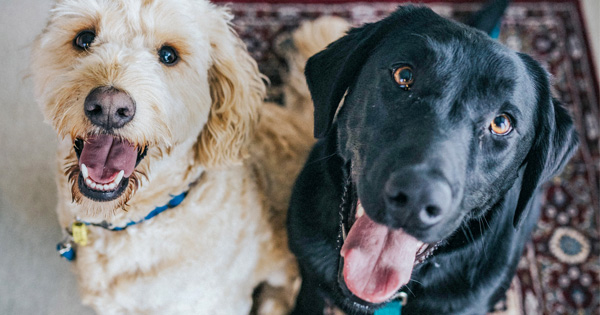
When welcoming a new furry friend into your family, one of the first responsibilities any owner must address is spaying and neutering. Unless you plan on intentionally breeding your cat or dog, having your animal sterilized is one of the best ways to care for your animal and be a responsible owner. Here’s what to expect when your pet gets neutered or spayed.
Why Should You Spay or Neuter?
The American Society for the Prevention of Cruelty to Animals (ASPCA) reports that over the course of a calendar year, approximately 6.5 million pets enter the shelter or rescue system. Of those, only 3.2 million find their way to a home. Spaying or neutering your pet is the first step in helping to curb those numbers.
In addition to helping control unwanted litters, spaying of female pets and neutering of male pets can also help address sexual health and behavioral issues.
For first-time pet owners, however, the process can lead to many questions. While it is undoubtedly the responsible thing to do, you may have questions leading into the procedure on care both before and after. Knowing what to expect when your pet gets neutered or spayed can help you prepare your home. As well as prepare your pet to ensure a smooth post-operation return home.
Benefits of Spaying or Neutering
Beyond not having to worry about a surprise pregnant pet, there are a number of other good reasons to have your pet sterilized.
Spayed females have a greatly reduced risk for certain health conditions. Pyometra is a life-threatening infection of the uterus that can occur in un-sterilized females, and in-sterilized females are also at a higher risk of developing mammary tumors. Neutered males have a decreased risk of prostate disease or testicular cancer.
From a behavior standpoint, sterilized pets are less likely to roam away from home. Neutering may also reduce a pet’s aggressiveness.
Caring For Your Pet Before and After
Sterilizing your pet is generally a scheduled appointment that involves an overnight stay for your pet. Pre-op instructions will vary from vet to vet and pet to pet. Generally, you will need to withhold food and water from your pet for a period of time before the surgery. Also, get your pet to the veterinarian clinic at a certain time so the vet can complete pre-operation protocols.
When your pet returns home, it is important to observe your vet’s instructions to the letter, to ensure your pet heals properly and completely. Your pet will have an incision near their genital area, and keeping that incision healing properly is imperative.
Typically, those instructions include the following:
- Keep your pet inside and away from other animals.
- As much as possible, keep your pet from over-exerting themselves, by running or jumping for approximately two weeks.
- Keep your pet from licking the incision area. If it becomes a problem, your vet may send you home with a protective cone.
- Check your pet’s incision every day to make sure it is healing properly. If you notice any redness, swelling, discharge or foul odor, contact your vet immediately.
- Don’t bathe your pet for up to 10 days after surgery. Observe your pet for changes in eating habits, lethargy, or vomiting or diarrhea.
Owners may assume a pet that appears to be returning to normal activity levels as being fully healed. However, it’s important to make sure they are not over-exerting themselves too soon.
Throughout the process, it’s important to keep things in their proper perspective. Realize spaying or neutering can have positive lifelong benefits. Keeping your pet healthy is the priority. Discuss concerns with your vet openly so that you can make decisions together. Laser surgery, pain medication, and preoperative blood work can improve the experience and outcome for your pet.
